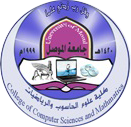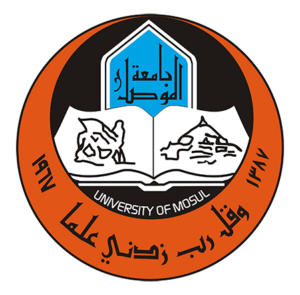Educational link sites
Educational link sites
- Coursera: It is a for-profit online education company that provides massive open courses created by teachers from Stanford University. Coursera works with international universities to offer their educational courses through the Coursera interface for managing educational systems. The number of students enrolled in its courses in October 2013 reached 5 million students from all over the world. Below is the link to the free courses:
https://www.coursera.org/courses?query=free
- Khan Academy: It is a non-profit educational institution established by Salman Khan in 2008. Its stated goal is “to provide high-quality education to anyone, anywhere,” and its website offers more than 3,600 mini-lectures via video clips stored on YouTube website for teaching pure science. Below is the academy link:
- Udemy: It is an online educational platform intended for adults. The Udemy platform is concerned with many contents, including programming, translation, drawing, making money from the Internet, or creativity in general. The Udemy platform provides a set of tools that help users create training courses in order to earn money in several ways. at present; The Udemy website focused its attention on university students, as it worked to adopt courses related to improving the student’s skills and what he must master. There are some courses on the platform that ultimately enable the viewer to obtain a technical certificate that is considered in some developed countries. As of 2019; There are more than 100,000 free and paid courses on the site.
- MIT OpenCourseWare: It is an initiative of the Massachusetts Institute of Technology to publish all educational materials from undergraduate and graduate-level courses online, freely and openly available to anyone, anywhere. The project was announced on April 4, 2001, and uses a Creative Commons license. The program was originally funded by the William and Flora Hewlett Foundation, the Andrew W. Mellon Foundation, and the Massachusetts Institute of Technology. The program is supported by MIT, institutional underwriting, major gifts, and donations from site visitors. The initiative has inspired a number of other institutions to make their course materials available as open educational resources.
- W3Schools: It is a scientific website on the Internet for teaching web development languages. The content includes lessons and references related to HTML, Cascading Style Sheets, JavaScript, PHP, SQL, Bootstrap and GQuery, and the site receives more than 60 million visitors per month.
- Codecademy: It is an interactive website that provides a platform for learning programming languages such as Python, JavaScript, and Ruby, as well as coding languages such as HTML and CSS. By September 2011, the site had reached 550,000 users who had completed more than 6 million training sessions. The site has received positive reviews and comments from many blogs and websites, such as the New York Times and TechCrunch. To motivate users to learn, the site presents slogans upon completion of each set of exercises. As well as points that each user gets for what he has accomplished, and each user’s points are shown to the rest of the users. The site allows any user to write and publish lessons using a dedicated lesson creation tool.
https://www.codecademy.com/learn
- GitHub: It is a subsidiary of Microsoft that provides hosting for software development and version control using Git. The company provides distributed version control and source code management (SCM) functionality for Git, as well as its own features. The system provides access control and several collaboration features such as bug tracking, feature requests, task management, continuous compositing, and wikis for each GitHub project. Headquartered in California, it has been a subsidiary of Microsoft since 2018.

